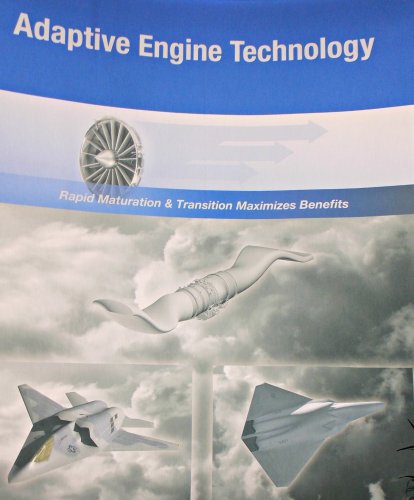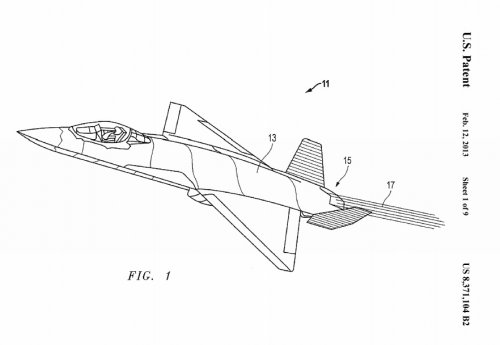The US Air Force hopes to keep its fleet of Boeing F-15E Strike Eagle multirole fighters in service into the 2030s, but it has no definitive plan to eventually replace those aircraft.
The Strike Eagle is arguably the best multirole combat aircraft in the USAF's inventory. No other fighter offers the range, payload or breadth or depth of capability as the F-15E. The Lockheed Martin F-22 Raptor was designed to replace the Boeing F-15C, but not the Strike Eagle. The Lockheed F-35, meanwhile, is designed to replace the Fairchild Republic A-10 and Lockheed F-16, but it does not have the range or payload to take on the Strike Eagle's role. At some point, the USAF will have to make a decision on what, if anything, will eventually fill the F-15E's mission space in the 2030s as those airframes inevitably wear out.
Industry sources are confident that a variant of the F-35 could one day replace the F-15E. An extended range version of the F-35 can be built; it's already been studied. It would be particularly helpful if the Air Force Research Laboratory's Adaptive Engine Technology Development (AETD) program pays off with an engine that yields 35% or better fuel efficiency over the Pratt & Whitney F135. The same is true of a two-seat F-35 variant, industry sources say that it can be done--that is, if in fact, two-seats are needed. And there are options to increase the jet's payload.
But analysts are less sure. They say that modifying the F-35 is going to require a lot of effort and it will be costly. The old Lockheed FB-22 concept that was based on the Raptor would have practically required a redesign of the entire aircraft (and there are questions about what kind of range the FB-22 could have yielded--the F-22's Achilles' heel is its range--only slightly better than an F-16). Another example is the Boeing F/A-18E/F, the Super Hornet is for all intents and purposes an entirely new airframe compared to the original A through D-model jets.
There could be a sixth-generation option--the USAF and US Navy have started looking at what an F-X and F/A-XX would look like. Or there could be other options like an unmanned aircraft tethered (line-of-sight data-links, possibly laser-based) to a manned platform such as a Long Range Strike Bomber (LRS-B). That would mitigate some of the comms issues inside an anti-access/area-denial environment.
But any decision would have to be taken by the end of the decade at the very latest--it takes a very long time to develop and field a modern combat aircraft. However, given that there are so many competing resource priorities for the USAF, there must be serious consideration given to simply increasing the number of LRS-Bs to take over some of that mission space. It could be argued that if the LRS-B program were extended from 80-100 aircraft to a production run of 250-300 aircraft, one could recapitalize the entire USAF bomber fleet and forego an F-15E replacement.
There is, of course, a potential wild card. I suppose whatever the USAF is building out at Groom Lake could partially fill the deep interdiction role--if it exists and is designed as a penetrating strike/ISR platform. But as the Lexington Institute's Dan Goure points out, aircraft developed in the black world tend to be extremely high tech and extremely expensive boutique items. So, that's probably not a likely scenario.
In any case, if there is eventually a program to replace the Strike Eagle, it must be built in some numbers. It seems that every time the USAF embarks on a program, far fewer aircraft than expected hit the ramp at the end of the day (or two-and-a-half decades!). If the trend continues, the USAF's fleet of modern frontline combat aircraft will continue to shrink to potentially dangerous low levels, leaving a force of antiquated jets to face off against ever more capable foes.




